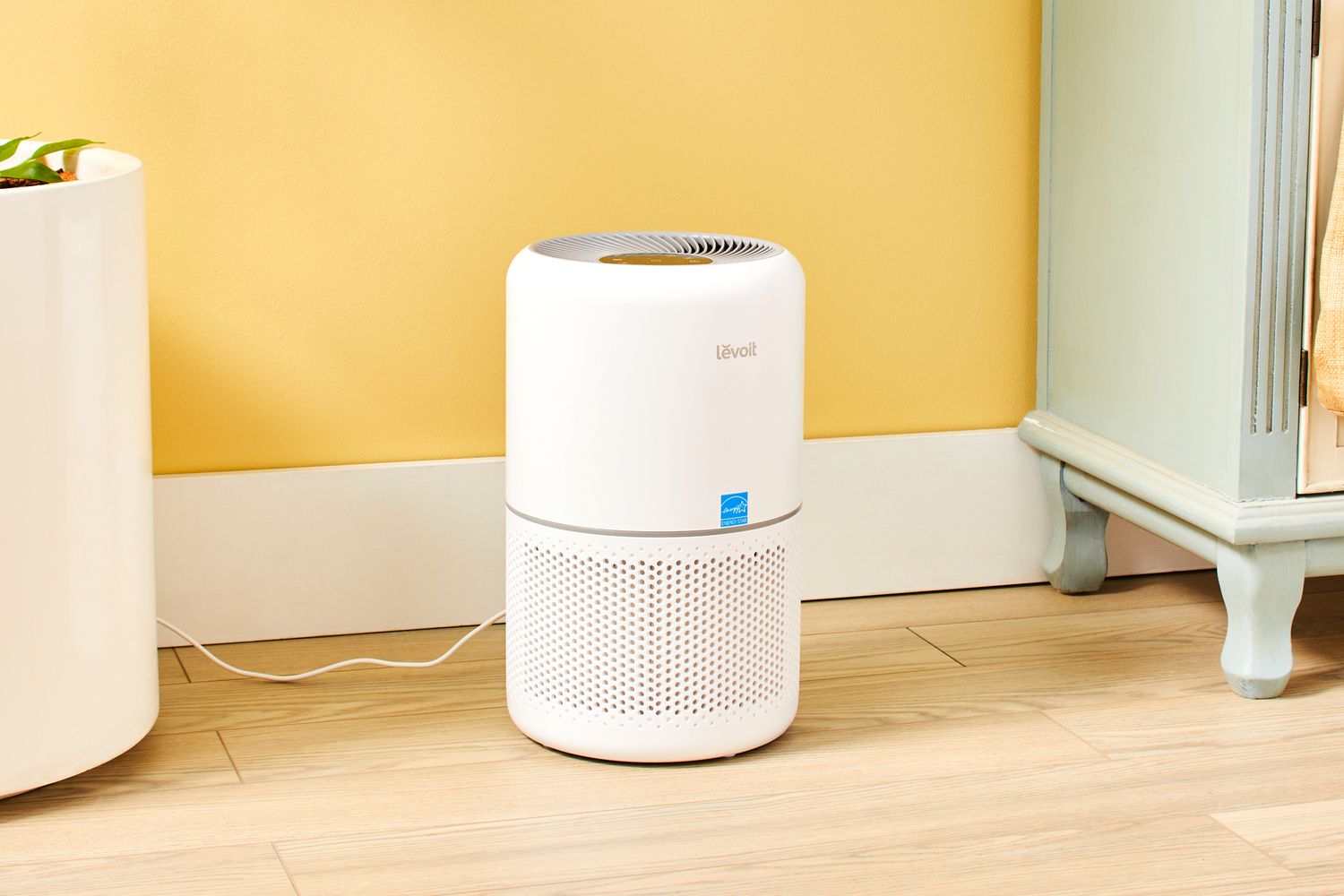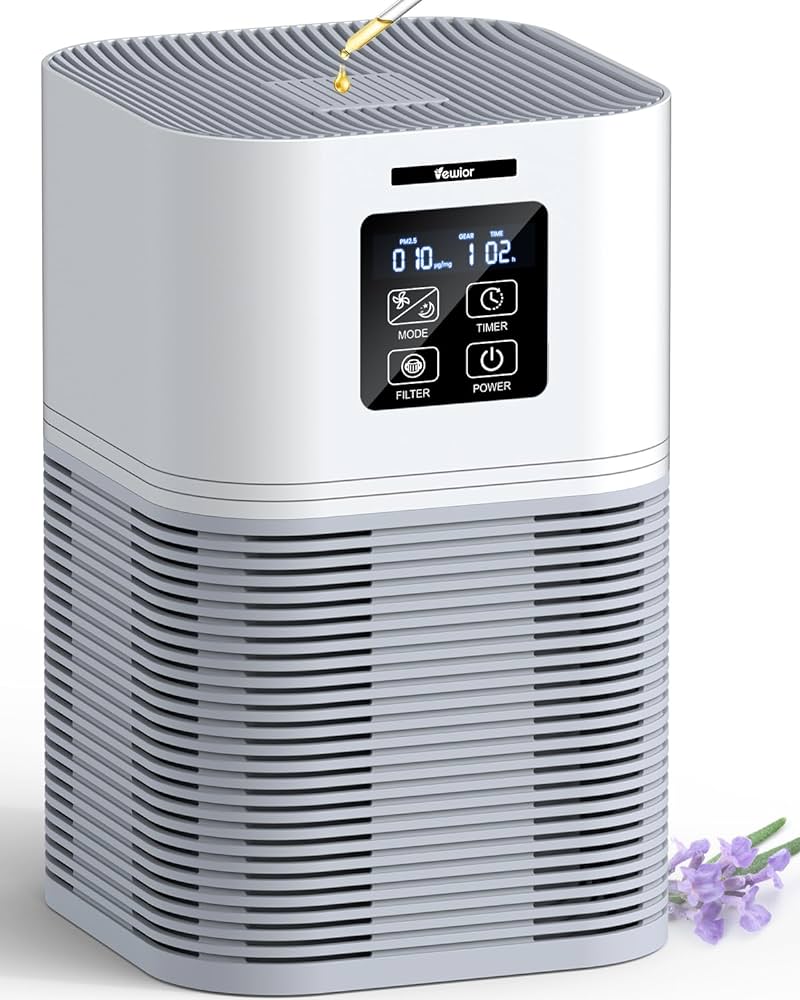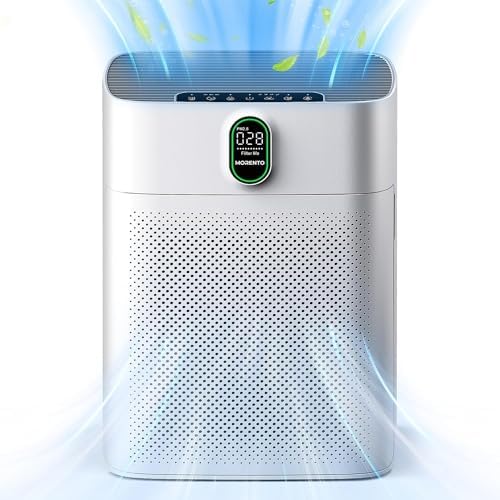Introduction: Enhancing Indoor Air Quality with Air Purifiers
In today’s world, where we spend a significant portion of our time indoors, the quality of the air we breathe has become increasingly crucial to our overall health and well-being. Air purifiers have emerged as effective tools to combat indoor air pollution, removing airborne contaminants and creating a cleaner, healthier indoor environment. However, with a wide range of air purifiers available, determining the ideal number for your specific space can be a daunting task. This comprehensive guide will equip you with the knowledge and strategies to make informed decisions about air purifier selection and placement, ensuring you breathe easier and healthier in your own home.

Assessing Your Space: Factors Influencing Air Purifier Requirements
Before embarking on your air purifier journey, it’s essential to understand the factors that influence the number of units you need. The primary consideration is the size of the space you want to purify. Air purifiers are rated based on their coverage area, typically measured in square feet. For instance, an air purifier rated for 300 square feet would effectively clean a room of that size. However, it’s important to note that this is a general guideline, and actual effectiveness may vary depending on other factors.
The presence and type of airborne contaminants also play a significant role. If your home has high levels of dust, pollen, pet dander, or smoke, you may require a more powerful air purifier or additional units to ensure thorough cleaning. Additionally, consider the number of people who regularly occupy the space. More occupants generate more pollutants, so a higher number of air purifiers might be necessary.
Understanding Air Purifier Coverage Ratings: CADR and ACH
To accurately assess the air purifier’s ability to clean your space, two essential ratings are crucial: CADR (Clean Air Delivery Rate) and ACH (Air Changes per Hour). CADR measures the volume of clean air an air purifier can deliver in one minute, typically expressed in cubic feet per minute (CFM). A higher CADR indicates a more powerful air purifier. ACH, on the other hand, represents the number of times the air purifier can completely exchange the air in the room within an hour. A higher ACH value means faster air turnover and cleaner air.
When selecting an air purifier, consider the CADR and ACH ratings in conjunction with the size of your room and the level of air pollution. For instance, if you have a 300-square-foot room with moderate air pollution, a CADR of 150 CFM and an ACH of 4 would be a good starting point.

General Guidelines for Air Purifier Placement: Maximizing Effectiveness
Once you’ve determined the number of air purifiers needed, proper placement is essential to maximize their effectiveness. As a general rule, position the air purifier in a central location within the room, ensuring even distribution of purified air. Avoid placing it directly on the floor, as this can hinder airflow. Instead, elevate it slightly using a stand or table. Additionally, keep the air purifier away from walls, furniture, and other obstructions that could impede airflow.
Considerations for Multiple Rooms and Open Floor Plans
For homes with multiple rooms, you have two options: individual air purifiers for each room or a centralized filtration system with a larger unit. If you have open floor plans, treat each distinct area as a separate room for air purifier placement. Portable air purifiers are ideal for specific rooms, while whole-house air purifiers offer comprehensive coverage for entire homes.
Additional Factors Influencing Air Purifier Selection: Noise Levels and Energy Efficiency
In addition to coverage and placement, consider noise levels when selecting an air purifier, especially for bedrooms or quiet areas. Opt for models with lower decibel ratings for a more peaceful environment. Energy efficiency is another crucial factor. Look for air purifiers with high Energy Star ratings to minimize electricity consumption and reduce your carbon footprint. Smart features like automatic adjustments based on air quality sensors or remote control capabilities can add convenience and enhance the user experience.

Maintaining Your Air Purifiers: Ensuring Optimal Performance
Regular maintenance is essential to keep your air purifier performing at its best. Replace the filters according to the manufacturer’s recommendations, typically every 3 to 6 months, to maintain effectiveness. Clean the air purifier’s exterior and internal components regularly to prevent dust buildup and ensure proper airflow. Additionally, monitor indoor air quality levels using air quality monitors and adjust air purifier settings accordingly.
The Invisible Threat: Understanding Indoor Air Pollution
While we often focus on outdoor air quality, the air we breathe inside our homes can be just as, if not more, polluted. Common culprits include dust, pollen, pet dander, smoke, volatile organic compounds (VOCs) emitted from building materials and furniture, and even airborne bacteria and viruses. These pollutants can irritate allergies and asthma, worsen respiratory conditions, and contribute to headaches, fatigue, and overall discomfort.

The Power of Purification: How Air Purifiers Work
Air purifiers come to the rescue by removing these airborne contaminants, effectively improving indoor air quality. Depending on the type of purifier, different technologies are employed to capture or neutralize pollutants. The most common types of air purifiers include:
- HEPA (High-Efficiency Particulate Air) filters: These filters trap dust, pollen, pet dander, and other microscopic particles. Look for HEPA filters with a MERV (Minimum Efficiency Reporting Value) rating of 17 or higher for optimal performance.
- Activated carbon filters: These filters adsorb gaseous pollutants like VOCs, smoke odors, and some chemicals. They are often used in conjunction with HEPA filters for comprehensive purification.
- Ionizers: These devices release charged particles that attract and neutralize airborne contaminants. While effective for some particles, they can generate ozone, which can irritate the respiratory system, so choose models with certified ozone emission limits.
Choosing the Right Number: Tailoring Air Purifier Coverage
With a diverse range of air purifiers on the market, determining how many units you need for your space is crucial. Here are some key factors to consider:
- Room size: The primary factor is square footage. Air purifiers are rated for specific coverage areas. A 300 CFM air purifier might effectively clean a 300 square-foot room, but for a larger space or one with high levels of pollutants, a more powerful unit or additional purifiers might be necessary.
- Level of air pollution: If you have pets, smoke indoors, or live in an area with high pollen counts, you’ll need a more powerful air purifier or potentially multiple units to address the higher level of pollution.
- Number of occupants: More people generate more pollutants through breathing and activities like cooking. Consider the typical number of occupants when determining air purifier requirements.

Demystifying Ratings: CADR and ACH for Effective Air Cleaning
Beyond square footage, two key ratings help gauge an air purifier’s effectiveness: CADR (Clean Air Delivery Rate) and ACH (Air Changes per Hour).
- CADR: Measured in cubic feet per minute (CFM), CADR indicates the volume of clean air an air purifier can deliver in one minute. A higher CADR signifies a more powerful air purifier capable of cleaning larger spaces or tackling higher levels of pollution. Look for CADR ratings specific to smoke, dust, and pollen, as these are common indoor air contaminants.
- ACH: This rating reflects how many times the air purifier can completely exchange the air in the room within an hour. A higher ACH signifies faster air turnover, resulting in quicker purification.
Utilizing both CADR and ACH ratings, along with your room size and air quality concerns, will help you select an air purifier that effectively cleans your space.
Strategic Placement: Optimizing Air Purifier Effectiveness
Once you’ve determined the number of air purifiers you need, their placement plays a critical role in maximizing their effectiveness. Here are some key strategies:
- Central location: Place the air purifier in a central area within the room to ensure even distribution of purified air.
- Elevated position: Avoid placing it directly on the floor, as this reduces airflow intake. Ideally, elevate the unit on a stand or table for optimal performance.
- Distance from obstructions: Keep the air purifier away from walls, furniture, and other objects that could impede airflow.
Beyond Single Rooms: Addressing Multiple Rooms and Open Floor Plans
For homes with multiple rooms, you have two main options:
- Individual air purifiers: This is ideal if you have varying air quality needs in different rooms.
- Centralized filtration systems: These utilize a larger, high-capacity air purifier connected to your home’s HVAC system, providing comprehensive filtration throughout the house. This can be particularly beneficial for open floor plans, where treating each distinct area as a separate room for air purifier placement might be necessary.
Conclusion: Breathing Easier with the Right Air Purifier
Choosing the right air purifier and placing it strategically can significantly improve the indoor air quality in your home, promoting respiratory health and overall well-being. By tailoring your selection to your specific needs and space, you can create a cleaner, healthier environment where you can breathe easier.
Leave a Reply